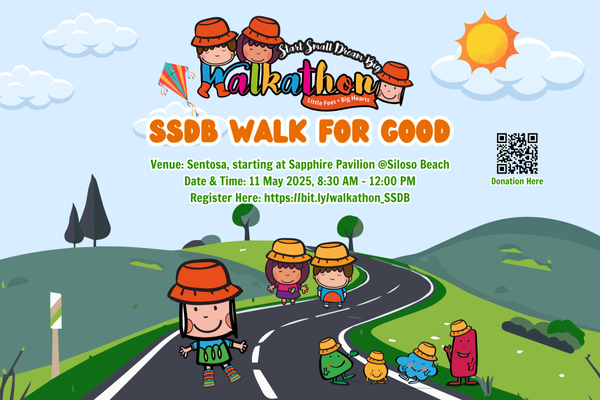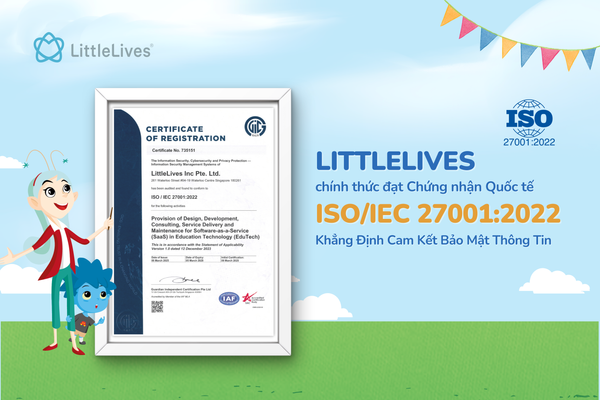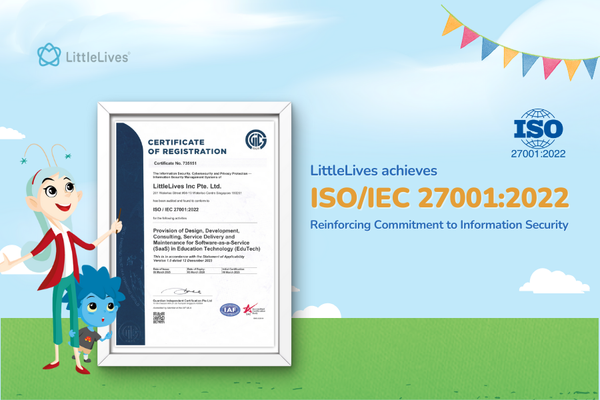Digital Citizenship in eLearning

For today's learners, the Internet removes many obstacles that have contributed to the decline in engagement for decades. Traditional modes of social action, such as joining community groups or volunteering, can seem to learners who are already overwhelmed by their busy lives, time-consuming and burdensome. Many lack the motivation to make the necessary effort.
Digital media, and eLearning, on the other hand, can offer young people the path of the least resistance.
While online, young people can come and go as they please. They can make the most of their time by completing multiple tasks simultaneously by talking to friends, sending emails, and checking athletic performance while watching videos they contribute. They do not need to leave the house, and they do not need to give up the things they are attached to. Rather than seeing these social facts as weakening democracy, they should be used to make the most of them.
eLearning has opened up new educational opportunities and enabled learners to connect to academia and learning communities worldwide. The school must actively engage and influence these networks. The emerging changes require the formation of new knowledge, skills, competencies, and social behavior. The ability to use modern digital tools must be used responsibly and ethically.
Digital citizenship concept
But what is digital citizenship? Digital citizenship is the application of the principles of citizenship in a world of the Internet. This concept defines the norms for the efficient and safe use of digital technologies and the Internet. Important components of such citizenship are knowledge of your digital rights, literacy, and how to use the Internet safely, so it is essential to understand your digital capabilities.
A digital citizen is a person who:
- uses effective strategies for finding information, for example, keywords, narrowing, search detail;
- uses reliable online resources (e.g., databases, encyclopedias, e-books);
- critically evaluates information: used online resources and sites;
- does not work chaotically but regularly uses a model of requesting, collecting information, using it, and assessing the quality of the information received, developed independently or with the help of a teacher.
Much depends on modern teachers since they implement the concept developed by administrative structures and form skills in everyday practice. A certain system of work is needed in several areas:
- Educational technology and digital literacy.
- Responsibility.
- Formation of communicative competencies.
- Internet security.
Only such a systematic approach to educating, which involves solving the tasks outlined in the eLearning program of an educational institution, will help to achieve efficiency. Teachers must respond quickly to constantly changing and updated digital content to ensure comfortable use. It is essential to teach learners to be critical of the digital sources they use.
How to teach digital citizenship?

It is primarily about responsibility for using technology for everyone who uses computers, the Internet, and digital devices to interact with society. Therefore, it is essential to include general rules on using all digital devices in eLearning safely.
Despite the rapid development, the Internet is still full of potential dangers that can take your learners by surprise.
Digital devices attract learners, help them learn and communicate, help them empathize with each other, and build friendships. On the other hand, learners may face cybercrime, irresponsible use of media, and a general lack of knowledge about using the Internet safely.
Your task is to teach learners how to use the Internet safely to avoid negative experiences.
If you want to incorporate digital citizenship into eLearning, you can focus on seven key concepts that this concept encompasses:
- Empathy. Empathy is critical to understanding how people speak and behave online.
- How does the Internet work? You can show learners the basics of how the Internet works to understand the following elements of behavior in the digital environment more easily.
- Understanding user data. You need to teach your learners that they are almost always watched by someone when they use the Internet.
- Practicing digital literacy. Teaching digital literacy will help your learners make fewer mistakes and avoid putting themselves in danger.
- Knowledge of moderation, the importance of exercise, and nutritional guidelines can play an important role in helping learners understand why it is essential to practice technology adequately.
- Protection of digital devices. You need to tell learners how to use smartphones correctly to ensure their safety.
FAQ
- How can students and teachers show digital citizenship when utilizing digital resources?
You need to think well and analyze what you are going to post on social networks. In addition, it is essential to understand how to properly use devices and the Internet, not to show too much about yourself. You need to keep basic security principles and not publish personal information and photos in unverified sources.
- How is distance learning different from e-learning?
Distance learning takes place without the physical presence of the teacher or peers. You can connect them online. E-learning is supposed to study the materials individually.
- What is the importance of digital citizenship in a classroom?
Knowing the basic concepts of digital citizenship, the student will know how to use modern applications and digital tools correctly and safely.
- What are the benefits of digital citizenship? With digital citizenship, you can better manage your time, use the Internet safely, use tools that will allow you to improve your experience.





